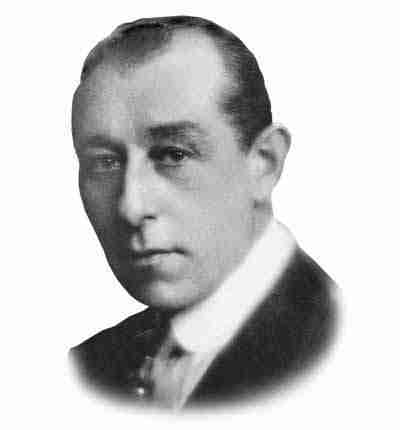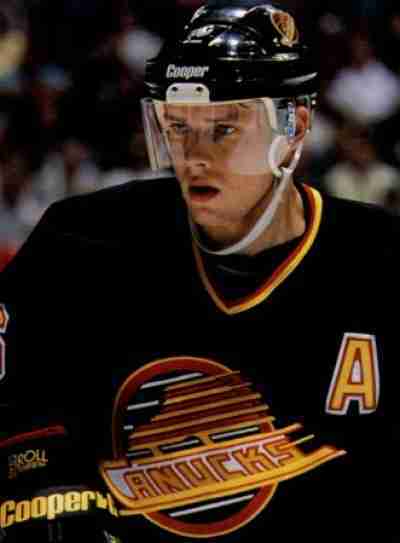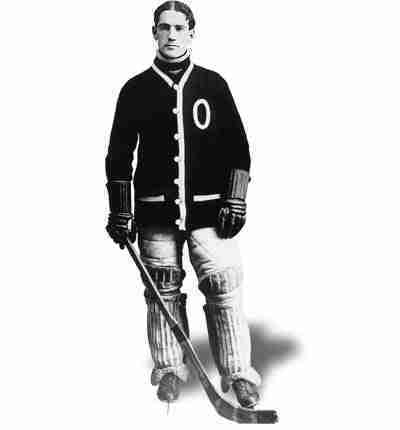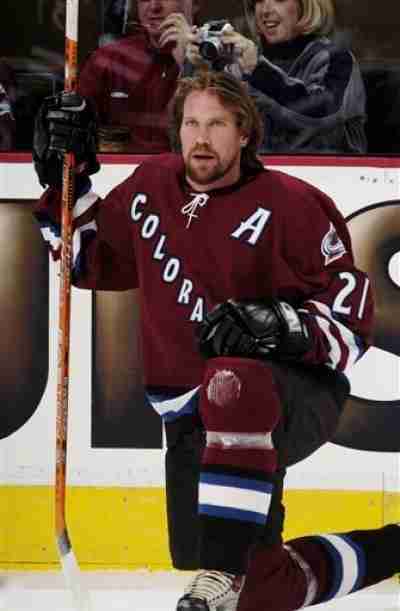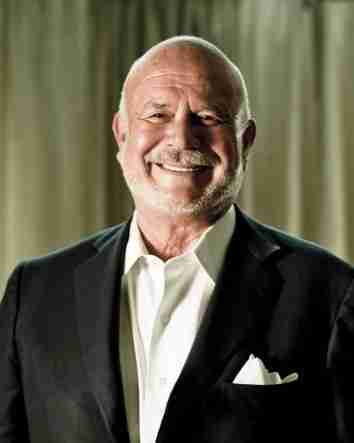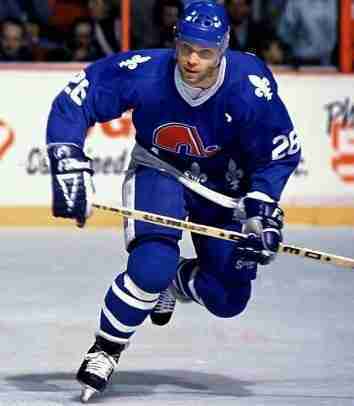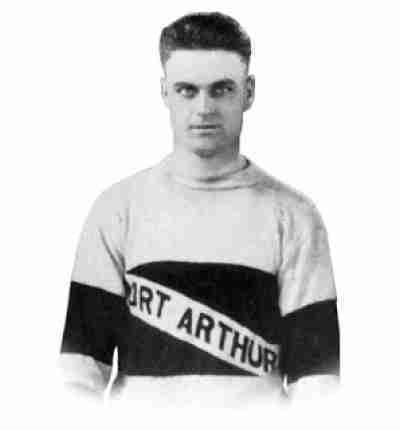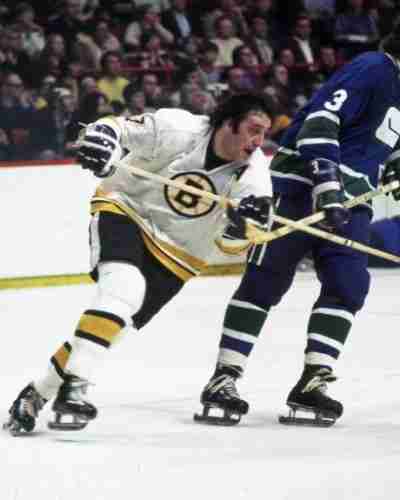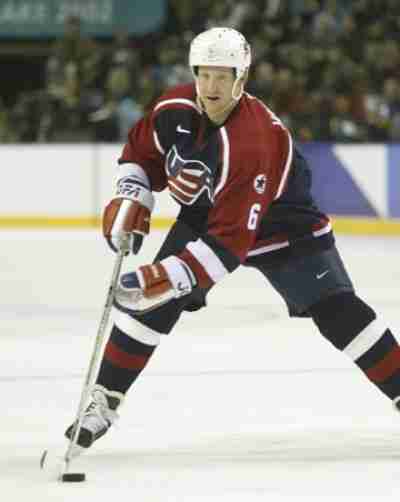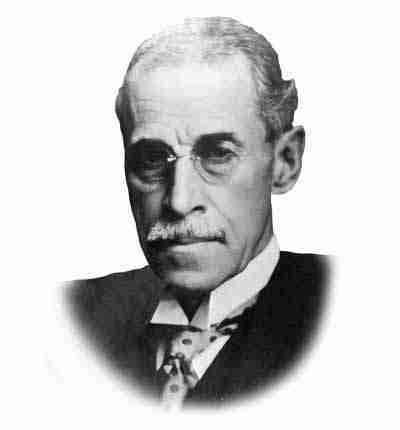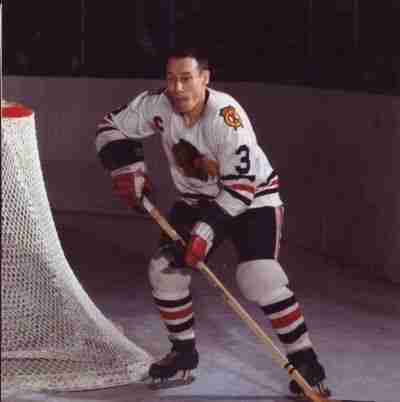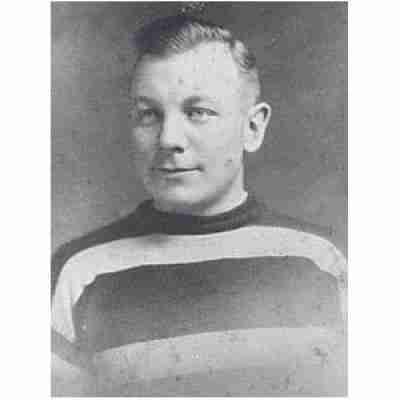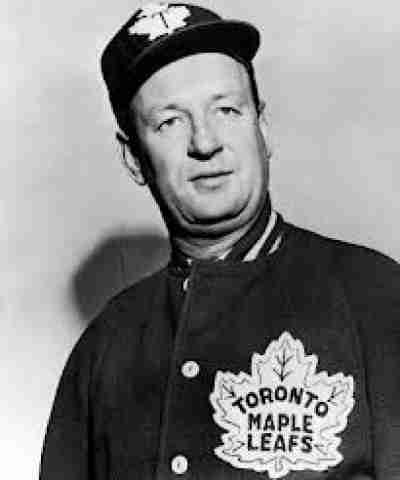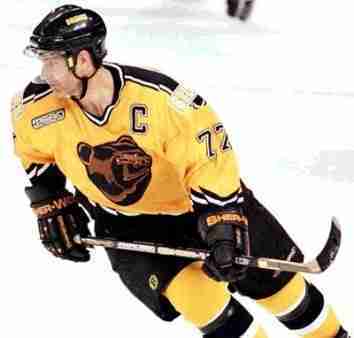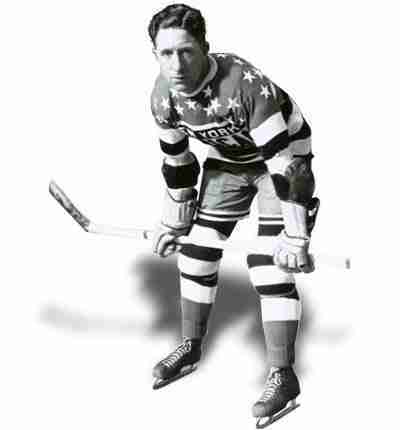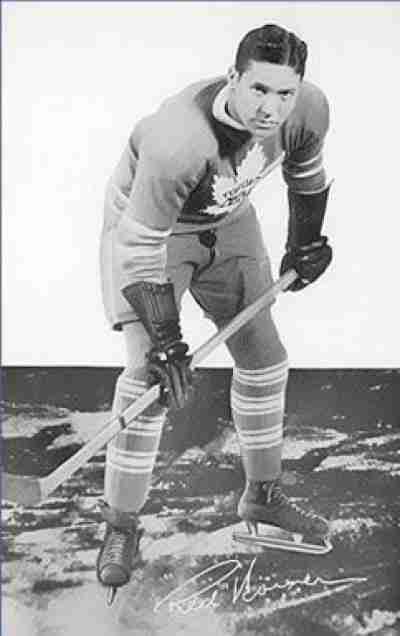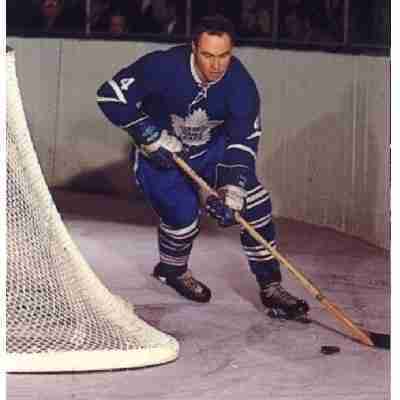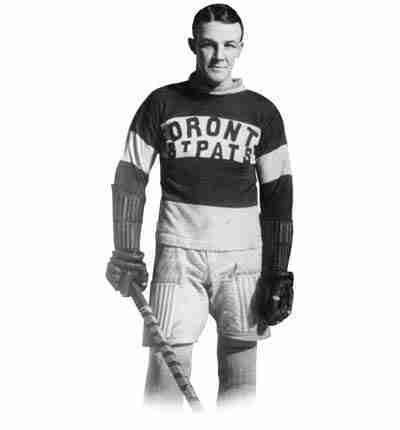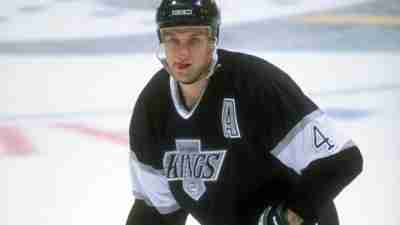Although he was a decent player in his native Belgium, it was Paul Loicq’s work in promoting hockey across Europe that earned his induction into the Hockey Hall of Fame Builder’s category. Loicq would become the president of the IIHF in 1927 and spent his life dedicated to growing the sport. This is arguably the first true International induction to the Hall.
Pavel Bure was one of the greatest goal scorers the game has ever seen; the problem was that we did not see that for as long as we should have. On three occasions, Bure would lead the National Hockey League in Goals, and had he not battled a plethora of injuries in his career, he probably would have scored a lot more. Overall, the Russian sensation only played in 702 games (with 437 goals) and he only played 70 games in a season five times. It is believed that his lack of longevity delayed his entry into the Hall of Fame, as he has to wait until his sixth year of eligibility before he was finally inducted in 2012.
Initially a Right Winger, Percy LeSueur achieved his greatest success in organized hockey as a Goaltender. LaSueur was not just a student of the net, but a teacher as well. He wrote a manual on the position while in his prime and led Ottawa to two Stanley Cups. While playing, he created the gauntlet style glove and the style of net used in hockey from 1912 to 1925. “Peerless” Percy may not have been the best Goalie of his time, but his innovations aided the game and for his overall contributions to goaltending makes his induction to the Hockey Hall of Fame was warranted.
The best player in the famous Nordiques/Flyers Eric Lindros trade was not Lindros. Rather it was the Swedish born playmaker, Peter Forsberg, who would win the Hart Trophy, the Art Ross Trophy and two Olympic Gold Medals and two Colorado Avalanche. Not a bad career for what was perceived as a throwaway in that trade!
Peter Karmanos Jr. brought hockey to the Carolinas when he moved the Hartford Whalers south and renamed them the Carolina Hurricanes. While the people in Connecticut may still despise him, he is very well respected within hockey circles and he proudly hosted the Stanley Cup in 2006.
When the Stastny brothers defected from Czechoslovakia to play in the National Hockey League it became one of the most important moments in the sport. He (along with his brothers, Anton and Marian) would take over the city of Quebec City and light up the stat sheet. Peter Stastny would hit the 100 point mark seven times and become one of the top stars in the league.
Another career amateur Hockey Player, Phat Wilson was good enough to have gone professional (though likely not as a star). He was a good offensive minded Defenceman who led his Port Arthur team to three Allan Cups and was often the leading scorer in his Senior leagues. Phat Wilson’s induction shows how much respect the Hockey Hall of Fame had (and still has) for the amateur game.
It is safe to say that the Chicago Blackhawks wished they could have that trade back. In Chicago, Phil Esposito was a decent player, but had not shown the fans everything he was capable of, and he often felt like Chicago management had little faith in him. He was traded to Boston and went on a scoring tear that has been duplicated by only a handful of other players.
Phil Housley may have played for eight NHL teams but pegging him as a journeyman is far from accurate. Housley would shatter well over 1,000 career points, an excellent number for a blueliner, but his multi-team status likely kept him out of the Hockey Hall of Fame for an extended period of time.
Philip Ross’ entry to the Hockey Hall of Fame can be traced to the Stanley Cup itself. Ross was actually a decent player, as he played for the Ottawa Hockey Club but he served the game by helping to form the Ontario Hockey Association and actually competed in the championship game in 1891. A few years later, he was named as one of the trustees by Lord Stanley for the Stanley Cup. This was a role that Ross (who would later also become a respected Canadian politician) took very seriously, and held for fifty years, all the while protecting the integrity of the trophy. It is because of men like Philip Ross that the Stanley Cup holds the value it does today.
You would not expect that someone who did not play his first organized game of Hockey until the age of seventeen to one day make the Hall of Fame, but Pierre Pilote as not your average man. Working hard to improve his skating skills to a professional level, Pilote entered the NHL with the Chicago Blackhawks in 1955 and though his debut campaign was not a successful one, he returned to Chicago vastly improved the next season.
Incredibly talented and double tough, Howard “Punch” Broadbent is a one of a select few who can claim to be the first true “Power Forward” of the game. Although he lost a few years due to military service in World War I, he came back with a vengeance helping the Ottawa Senators win three Stanley Cups. In the process, Punch Broadbent was the NHL’s leading scorer in the 1921-22 season. Although his playmaking skills diminished, his grit allowed him to still be productive late in his career. “Old Elbows” grinded his way to another Cup with the Montreal Maroons in 1926.
After working his way up the ladder with the Quebec Aces (from player to manager to owner), Punch Imlach would become the Assistant General Manager with the Toronto Maple Leafs. As impressive as that title sounds, it was a position that was basically one of a committee, as the Leafs had no General Manager.
Arguably the top Defenceman in his era, Ray Bourque would finish his career as the highest scoring blueliner in NHL history. Bourque would be named to a staggering nineteen Post Season All Star Teams and would win the James Norris Trophy five times.
Okay….we are a little befuddled by this one. Red Dutton was certainly a good player (to us, anyone who makes the National Hockey League regardless of the era is a decent hockey player) but was he a Hall of Famer? At no point did Dutton ever win a championship or lead the league in any category other than Penalty Minutes. Nor was Dutton a part of Championship team and nor did he eclipse the 100 point total in his entire career.
Every NHL team usually requires an enforcer, and today’s game it is nearly inconceivable to imagine one getting into the Hall of Fame. Red Horner was the Maple Leafs tough guy for twelve years and seven times he led the NHL in penalty minutes. With that said, his selection to the Hall of Fame is another we will openly question for he was never even considered to be in the top two in Defence for his own team.
Although there may have been other NHL players who have excelled at two different positions, perhaps nobody did it better than Red Kelly. Certainly, no other was as successful.
One of the most consistent scorers of his day, Reg Noble may have never led the league in scoring, but was often in the hunt. Noble was also a tough player and a proven winner. On three occasions he raised the Stanley Cup over his head with three different teams. He may not have been the best player in his day, but up and down through the Halls history, you will find players who inducted with similar resumes.
One of the top netminders in the first decade of the 1900’s, Riley Hern posted a sick winning percentage everywhere he went. Hern’s best days were with the Montreal Wanderers where he won four Stanley Cups there. In all likelihood, he might have been able to have won more, but he retired at the age of 30 when his clothing business took off. In his era, like all the others since, a four time Cup winning Goalie can always be insured of a spot in the Hockey Hall of Fame.
A former Norris Trophy winner with the Los Angeles Kings, Rob Blake was named a First Team All Star once and a Second Team All Star three times. Blake was a member of the Colorado Avalanche Stanley Cup Championship in 2001 as well as an Olympic Gold Medalist in 2002 for the Canadian National Team.


